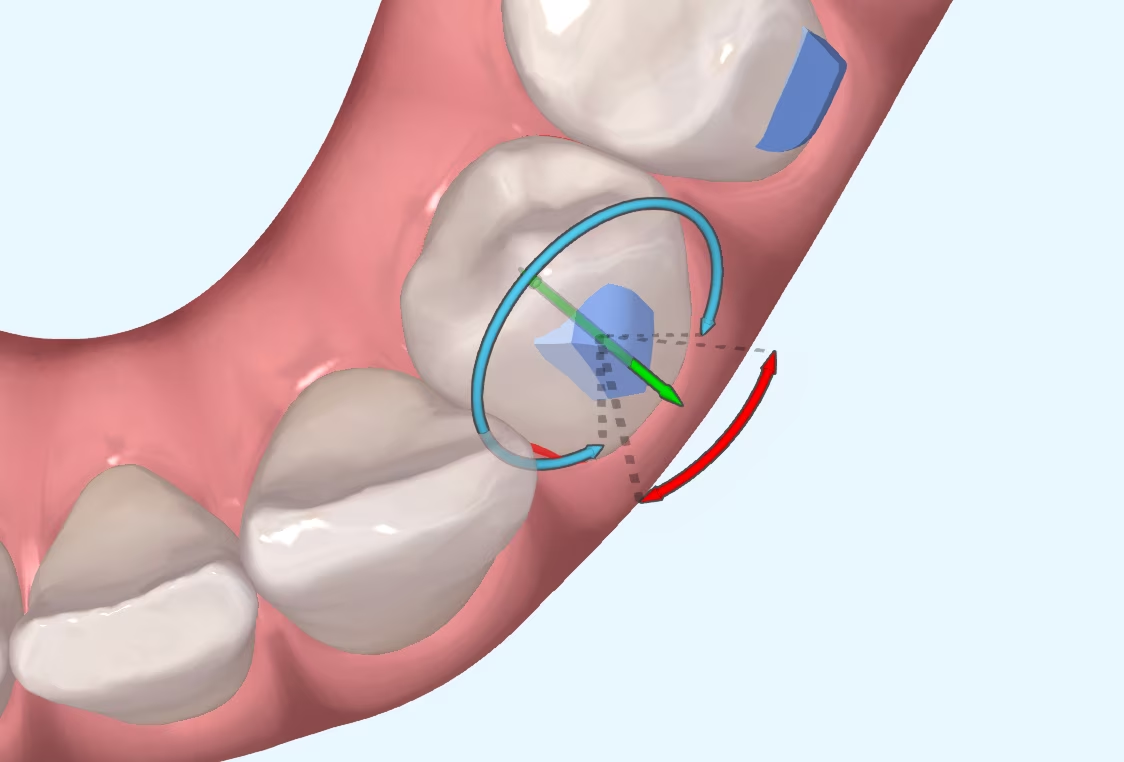
Which attachments are better for premolar rotation?
I suppose many of you are familiar with the myth of Achilles, the Greek hero who was immersed as a child in the River Styx by his mother in order to make him
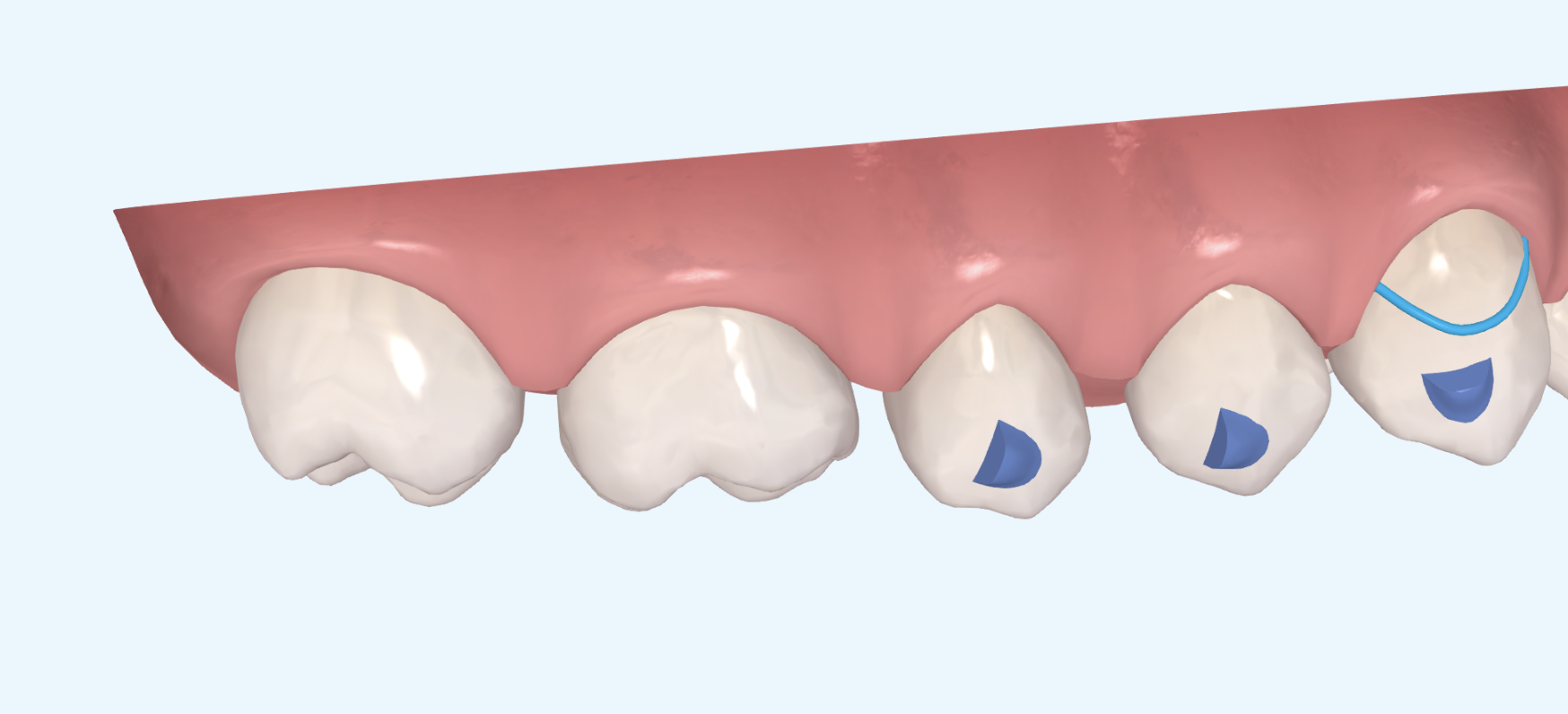
Before the advent of aligners, the correction of Class IIs by upper distalisation was a common practice. difficult strategy to apply. The majority of cases are
The Class II elastics that correct the sagittal problem at the expense of mesialising the teeth of the lower arch. Due to their greater complexity, in the
patients where we considered distalisation we used auxiliary techniques to increase anchorage, such as micro-screws, and/or we made the movements sequentially with coils, moving the molars, premolars and the rest of the anterior teeth little by little. But one thing was clear to us: brackets alone were not capable of distalisation.
Since we started working with invisible orthodontics, sequential distalisation became the main method for correcting Class IIs. Seeing in the ClinCheck how the teeth moved progressively distally until the Class I was finished, made us think that plastic was capable of anything. Interestingly, in a survey of orthodontists and general dentists a few years ago asking them how they corrected Class II with aligners, only 37 % of the doctors surveyed said they used elastics. It is clear that the ease with which movements are produced in a virtual programme can be confusing.
During Class II correction, when the aligners push one or two teeth distally, the force transmitted to the teeth will generate an opposing force of the same magnitude on the rest of the arch. The greater the number of teeth we push, the greater this effect will be.

In early studies on molar distalisation, researchers claimed that it was one of the most predictable movements with aligners, reaching figures of
greater than 80 %. We now pose the question: does the predictability of molar distalisation guarantee the correction of Class II? The answer is
we have in the article published by Taffarel et al.
Distal molars require anchorage to avoid the counter force that occurs when the aligner pushes the teeth distally. This anchorage can be in the form of elastics or micro-screws. Relying solely on aligners to correct Class II will result in unwanted movement and, more importantly, will not be reflected in the ClinCheck. Let's take the best-case scenario: We distalise the molars and achieve 88% of the planned movement. What will happen when we distalise the premolars and the rest of the anterior teeth?
The molars are not going to provide sufficient anchorage to be able to retract all those teeth, even if the movements are done sequentially. Moreover, if proper anchorage is not used, some of the distalisation that we have achieved may be lost when all those teeth are retruded. This is why most of us have seen how
patients who had already reached Class I molar, lost it at the end of the first phase of aligners. Whether it was due to this loss of posterior anchorage, lack of collaboration or undesired occlusal contacts, distalisation did not occur as planned.
For this reason, when we perform a distalisation, we must understand that the ClinCheck does not always represent the final position of the teeth. This programme is used to plan the forces we are going to apply to the teeth. Like brackets, aligners are not capable of making all the movements on their own. Therefore, when we detect that the system of forces that we have planned is not optimal to achieve our final objective, we will have to assess which auxiliary elements we need to complete this system effectively and achieve the desired final position.
Ta ffarel IA et al. Distalization of maxillary molars with Invisalign aligners in nonextraction patients with Class II malocclusion. Am J Orthod Dentofacial Orthop 2022;162:e176-e182.

I suppose many of you are familiar with the myth of Achilles, the Greek hero who was immersed as a child in the River Styx by his mother in order to make him
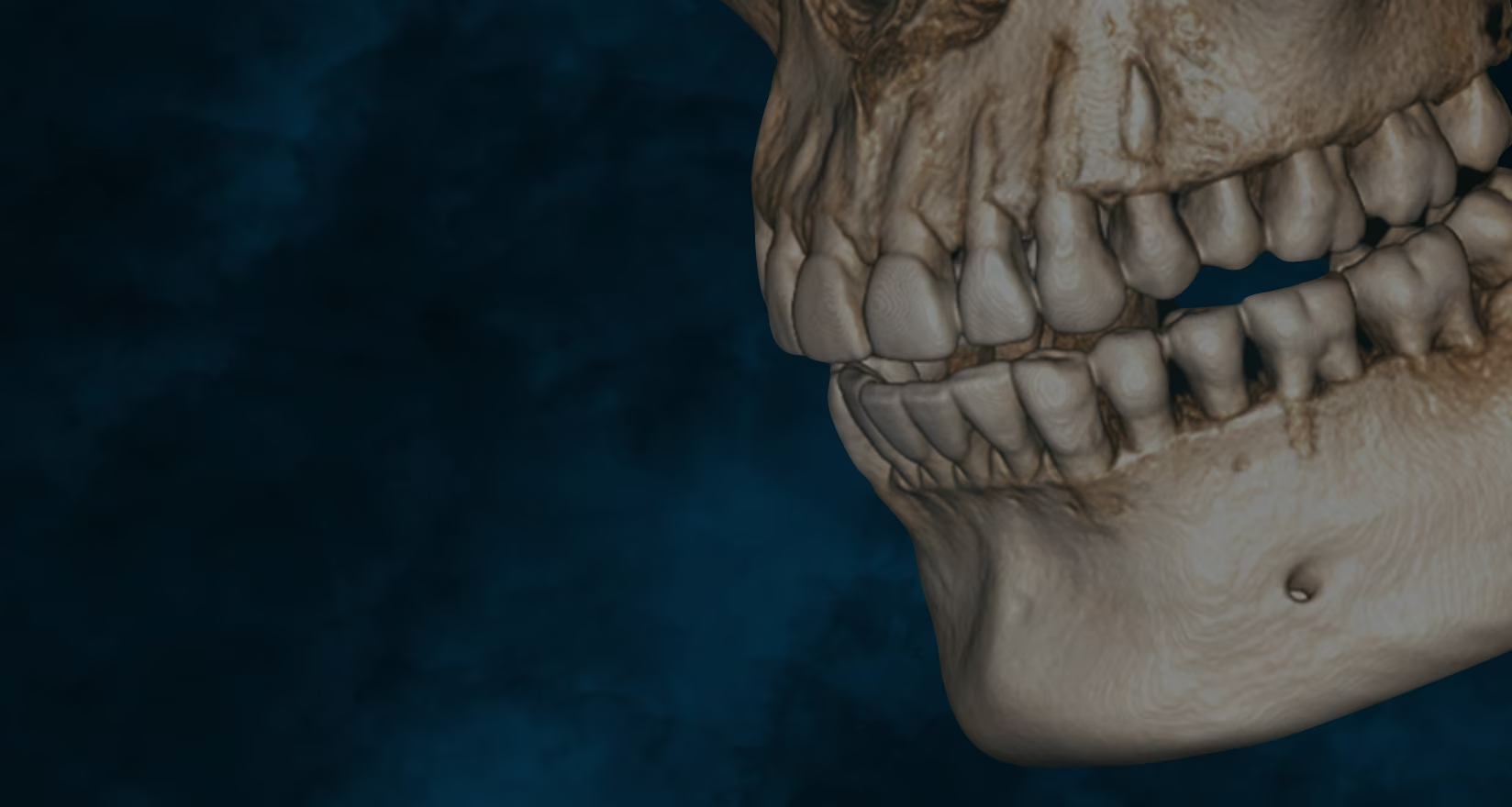
What is CBCT? CBCT is a medical imaging technique that uses a special type of computed tomography (CT) scan to obtain three-dimensional images.

Challenges of Overbite In the more than 20 years that we have been working with invisible orthodontics, we have gone from considering some malocclusions "impossible" to daring to

It is not a question to make us feel guilty. It is only a question that invites us to reflect, to think about the impact we can have in
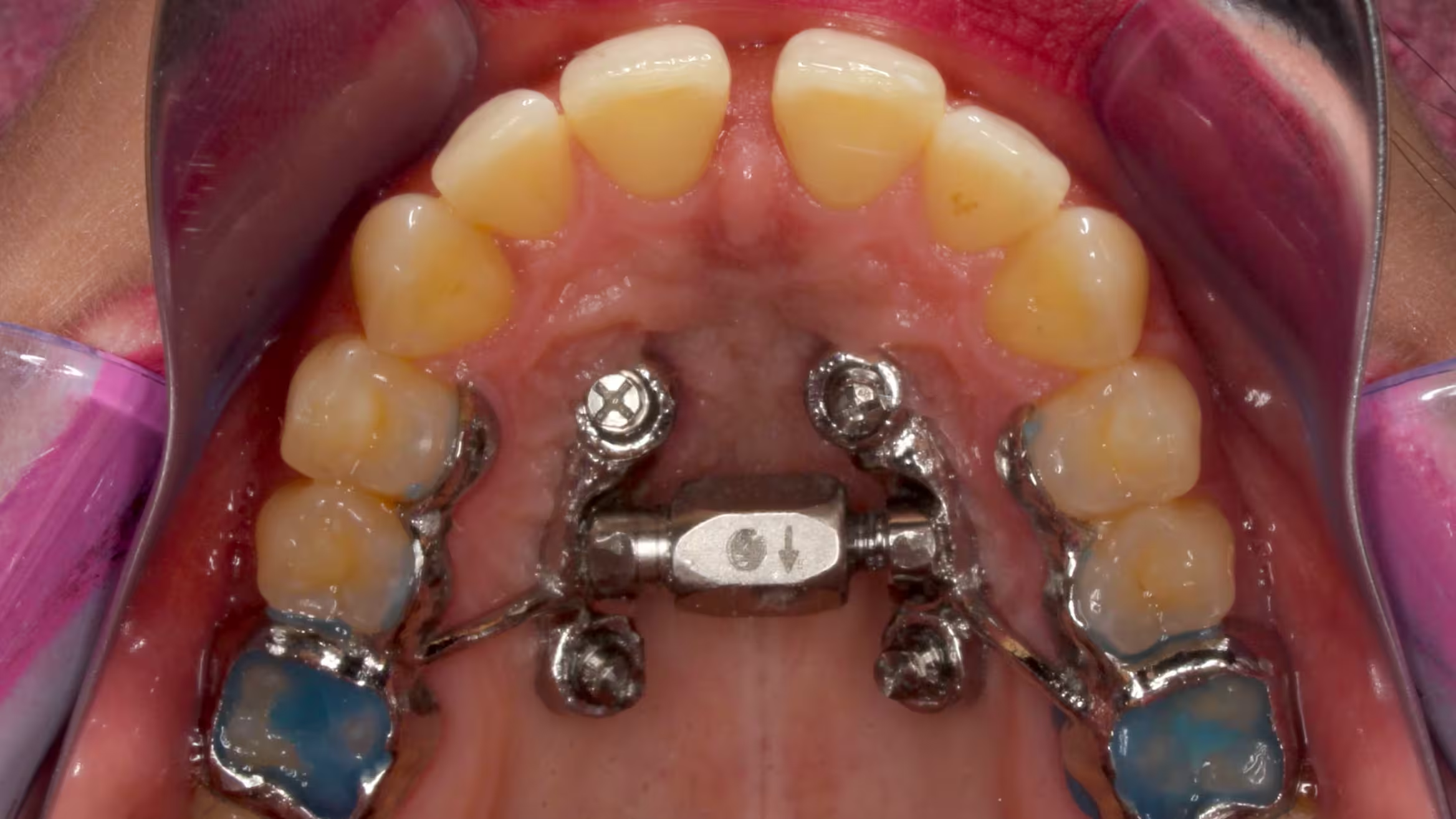
Maxillary compression is a relatively frequent problem seen in our daily practice. This osseodental discrepancy presented by the patient can be treated in the following ways
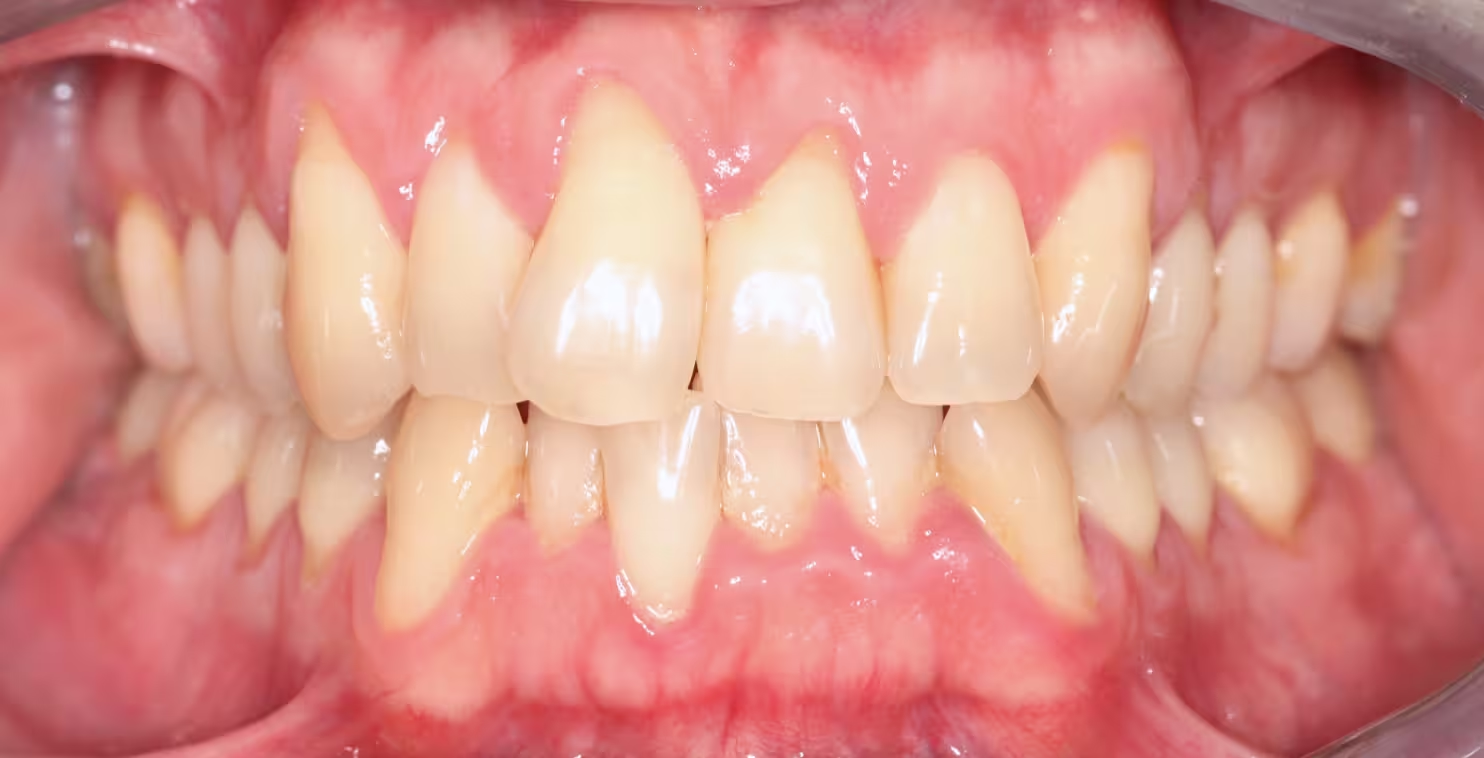
With the increase of adult patients in our practices, it is common to see cases with diminished bone support or even patients who have been treated with